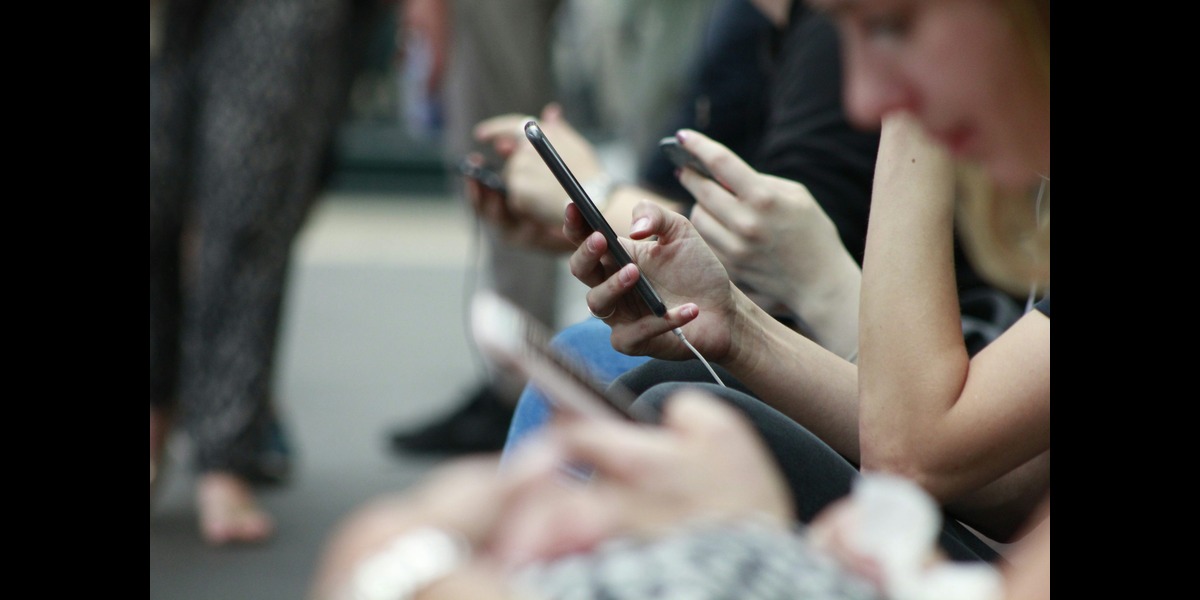Recently, a few studies(Inal et al. and Osailan) have been conducted on young people and adults regarding their pinch grip and hand grip strength. Shockingly those studies show that people who spend a long time using smartphones show very poor performance in their pinch and hand grip. We know our thumb is the finger used mostly for operating smartphones. It is also the most significant finger for any grip as well. Is it possible that the thumb is damaged permanently by overuse of a smartphone or is it just a correlation, not a causation?


Our thumb consists of four segments connected by three joints. These are Interphalangeal (IP), Metacarpophalangeal (MC), and Carpometacarpal (CMC) joints, which combinedly allow our thumb for flexion, extension, and abduction movement. Through these movements we become able to operate screen touch smartphones single-handedly. However, our thumb can’t effectively move faster at every posture. Sometimes it performs very weakly. Trudeau et al. carried out experiments on the thumb motor performance during the operation of smartphones. They suggest that thumb motor performance is significantly damaged at the lower-right corner and upper-left corner positions. Operating in these positions generally causes significant flexion and extension of the thumb motor. Lehtovirta and Oulasvirta model the movement of the thumb tip by taking data from 20 participants of different hand sizes. Their data and predictive model of the figure below show how frequently our tip of thumb moves to extended and flexed condition.

Bones in moveable joints of our body are connected by muscle tissue through tendons. They go through compression and tension during the flexion and extension of the joints. According to properties, these are mostly hyperelastic and viscoelastic type materials. They have the problem of elastic fatigue. It is a phenomenon where solid materials lose their stiffness for continuous loading. Some researchers have conducted experiments(Witte et al. ,Shepherd and Screen, Maganaris) on the muscles and tendons of various body parts to determine the impact of elastic fatigue. They found a correlation between fatigue and injury or pain of this muscle and tendon.
Although we currently lack of data on the effect of elastic fatigue fatigue on the thumb’s muscles and tendon, we can expect these effects will not significant different. Existing research increasingly suggests that thumb damage is caused by excessive smartphone use. Nonetheless, additional experimental and computational research focusing on the thumb muscles and tendons of heavy smartphone users are necessary to provide more definitive answers.
Photo courtesy for feature image: Unspalsh
